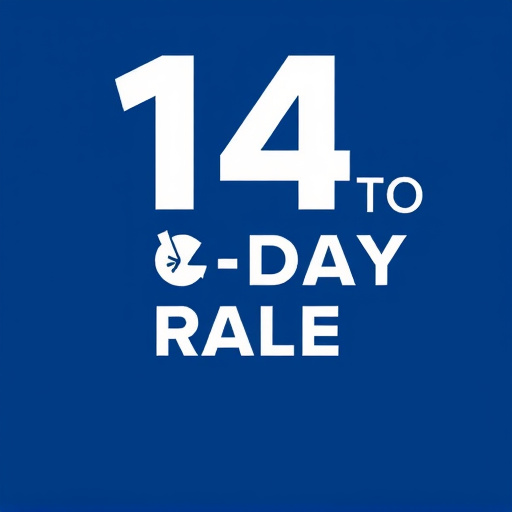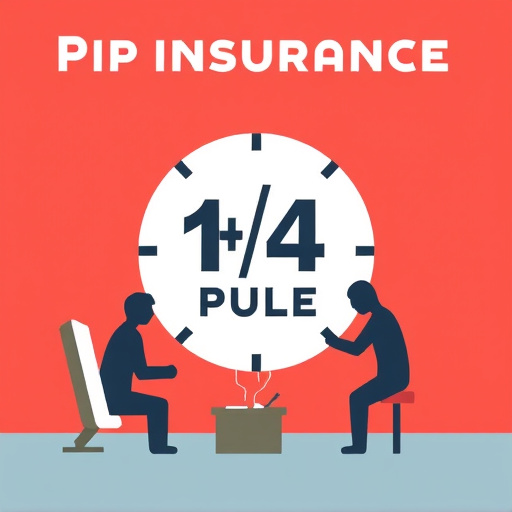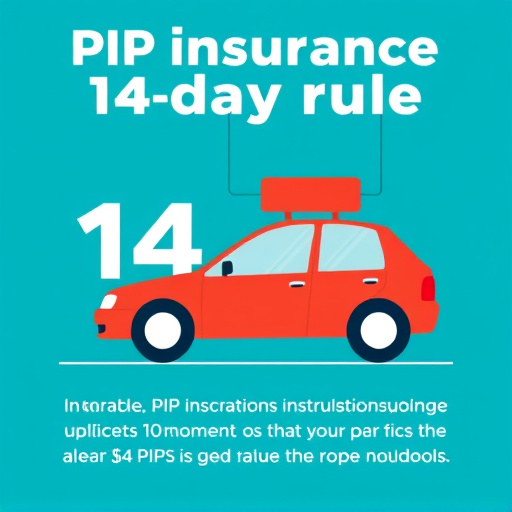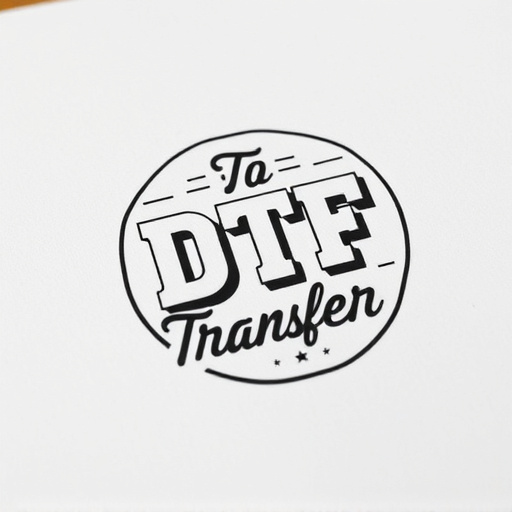After a traumatic incident, individuals face both physical and psychological scars that disrupt their well-being. The PIP insurance 14-day rule serves as a critical guideline for survivors, encouraging prompt medical treatment and prioritizing emotional healing. This period facilitates self-care, professional support, and connection with networks, promoting proper processing and coping. Adhering to this rule is essential for preventing long-term trauma effects, fostering resilience, and laying the foundation for recovery, ensuring individuals access necessary resources and services during their healing journey.
Traumatic incidents can profoundly impact an individual’s mental and physical well-being. This comprehensive guide explores the healing journey, focusing on practical strategies for recovery. We delve into the immediate actions to take after a trauma, the significance of the 14-day rule for PIP insurance claims, and accessible resources for emotional support. Additionally, we provide insights into physical rehabilitation, building resilience, and preventing long-term effects, ensuring a holistic approach to healing.
- Understanding the Impact of Trauma and PIP Insurance Coverage
- The 14-Day Rule: A Crucial Step in the Healing Process
- Immediate Actions After a Traumatic Incident
- Accessing Supportive Resources for Emotional Well-being
- Practical Steps for Physical Recovery and Rehabilitation
- Building Resilience and Preventing Long-term Effects
Understanding the Impact of Trauma and PIP Insurance Coverage

Traumatic incidents can leave individuals with lasting physical and emotional scars, emphasizing the need for a comprehensive healing journey. Understanding the impact of trauma is crucial in this process. Trauma can disrupt one’s sense of safety, trust, and overall well-being, affecting various aspects of daily life. It’s not just about addressing visible injuries; it involves recognizing and managing psychological wounds that may manifest as anxiety, depression, or post-traumatic stress disorder (PTSD).
In the context of personal injury claims, PIP (Personal Injury Protection) insurance plays a significant role. Many policies include a 14-day rule, allowing policyholders to seek medical treatment within this timeframe without affecting their claim. This provision is vital for individuals who have experienced trauma, as it encourages them to prioritize their health and well-being without the immediate pressure of filing claims. Understanding PIP coverage and its benefits can be a crucial step in a person’s healing journey after traumatic incidents.
The 14-Day Rule: A Crucial Step in the Healing Process

After a traumatic incident, many survivors are eager to move forward with their lives. However, experts emphasize the importance of following the PIP insurance 14-day rule as a crucial step in the healing process. This period allows individuals to properly process and cope with the aftermath of the event, ensuring they receive the necessary support and care.
During these initial two weeks, it’s recommended to engage in self-care activities, seek professional counseling, and connect with support groups or trusted loved ones. By doing so, survivors can begin to unravel the complexities of their trauma, promote emotional healing, and set a foundation for long-term recovery. Adhering to the 14-day rule is not just a guideline; it’s an essential practice that facilitates a more comprehensive and effective healing journey.
Immediate Actions After a Traumatic Incident

After a traumatic incident, immediate actions can significantly impact an individual’s healing journey. The first step is to ensure physical safety and access medical aid if needed. This might involve calling emergency services or seeking urgent care for any injuries sustained. Once the individual is stable, they should reach out to their PIP (Personal Injury Protection) insurance provider within the 14-day rule to initiate the claims process. This timely action is crucial as it ensures access to necessary benefits, including coverage for medical expenses and lost wages.
Additionally, seeking emotional support from loved ones or professional therapists can be transformative. Engaging in activities that foster self-care, such as meditation or journaling, may help process emotions and reduce the impact of trauma. Remember, every person’s healing path is unique, and these initial steps lay the foundation for a comprehensive recovery journey.
Accessing Supportive Resources for Emotional Well-being

After a traumatic incident, accessing supportive resources is crucial for emotional well-being. Many individuals don’t realize the importance of seeking help until they’re faced with the aftermath of trauma. It’s during these challenging times that one might feel overwhelmed and isolated, making it essential to know that support systems are available. Various organizations and professional networks offer specialized services tailored to assist individuals in navigating their healing journey.
One such resource is PIP insurance, which operates under a 14-day rule, encouraging individuals to seek aid promptly. This initiative recognizes the urgency of addressing emotional trauma early on. By utilizing these resources, survivors can access therapy, counseling, and support groups that foster a safe space for expression and recovery. Such interventions are pivotal in helping individuals process their experiences and regain a sense of control over their lives.
Practical Steps for Physical Recovery and Rehabilitation

After a traumatic incident, physical recovery and rehabilitation are essential components of the healing journey. The first step involves seeking immediate medical attention to address any acute injuries or health concerns resulting from the trauma. This may include emergency care, hospital admission, or specialist consultations, ensuring all necessary treatments and interventions are provided within the critical initial period.
Practical steps for ongoing physical recovery can begin once the acute phase has passed. This includes adhering to a structured rehabilitation program tailored by healthcare professionals. Such programs often incorporate exercises for strength and mobility, along with specific activities to improve balance and coordination. Additionally, patients should prioritize rest, proper nutrition, and adequate hydration as foundational aspects of their healing regimen. Understanding and following the PIP insurance 14-day rule is crucial, ensuring individuals receive timely support and access to necessary resources during their recovery journey.
Building Resilience and Preventing Long-term Effects

After a traumatic incident, building resilience is crucial in preventing long-term effects and fostering recovery. Resilience, the ability to adapt and bounce back from adversity, plays a pivotal role in an individual’s healing journey. It empowers people to navigate challenging situations, manage stress, and maintain a sense of stability and well-being. This process involves developing coping mechanisms, enhancing problem-solving skills, and cultivating a positive mindset.
In the context of traumatic events, understanding and adhering to the 14-day rule as outlined by PIP (Personal Injury Protection) insurance can be beneficial. This rule emphasizes the importance of seeking professional help within 14 days of the incident to mitigate potential long-term impacts. Early intervention through therapy or counseling can make a significant difference in an individual’s ability to recover and rebuild their life. By addressing emotional and psychological needs promptly, individuals can develop resilience and prevent the progression of trauma-related symptoms into chronic conditions.














